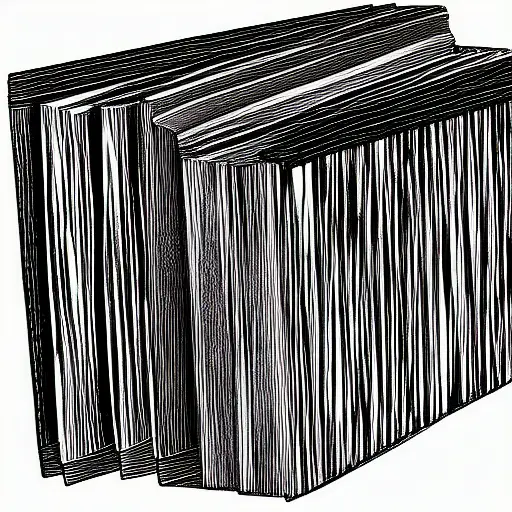Organizing files at work doesn’t have to be complicated. There are a variety of ways to sort through the vast number of documents on your computer. Instead of sorting by file name, try organizing by project. This way, you won’t have to dig through so many different folders just to find a single document you need. In addition, you can create subfolders within the main folder to make your search more specific.
Organize files by project rather than by person
Organizing files at work by project rather than person makes it easier to find the right information when you need it. It can also reduce the amount of time it takes to find files. For example, you can keep all of the files related to an employee recognition banquet in one location. This way, you won’t have to spend time searching for files that aren’t related to that event.
If you’re part of a large company, chances are you work on a shared drive with a specific file structure set by the company. However, small teams can determine their own file structure and are more likely to get buy-in. Here’s how to organize files on a shared drive:
Using zones to organize your workspace is another great way to organize files at work. Desks often end up becoming the dumping ground for miscellaneous papers and files. A workspace should have a main workspace area and a holding area (such as binders, baskets, and filing cabinets). A supply area for supplies can also help keep files organized.
Organize files by year rather than by month
It’s a good idea to organize files at work by year rather than by month so that you can find the latest version quickly. Having folders for each year and subfolders for each month can make finding the right file a breeze. In addition, you can organize your files by subject, department, or keyword. To avoid confusion, use underscores and hyphens when naming your files. However, keep in mind that some organizations don’t allow spaces in file names. Also, if you want to put a URL to your files, make sure to avoid spaces. Using special characters is also not a good idea if your files are for an organization website.
Another good idea is to organize your files by category. You can create folders for clients or different departments. You can also organize receipts by month or year. Consistency is the key to staying organized. You don’t want to keep searching for a specific document that you need. By identifying the categories that apply to your company, you’ll be able to find the right file easily. Keeping your files organized is a great way to reduce frustration and improve productivity.
Organize files by project rather than by client
There are several advantages to organizing files at work by project rather than by client. This will help you keep everything organized and easy to find. To do this, you must have a system in place for tagging. You can use tags to group related files together. For example, you can label all invoices for Client XYZ together. You should also tag any new files that you create.
There are many ways to organize files on your computer. You can group files by date, client, or project. Each method has its advantages and disadvantages. You can even combine methods to suit your needs. For example, if you work in a marketing agency, you might decide to organize files by name and group them by project.
Another important aspect of organizational systems is that they should be easy to follow. It is vital to pick an organization method that is intuitive for your team members. Otherwise, you risk wasting time searching for files in a method that does not make sense to everyone. When you decide to organize files at work by project, it is important to make sure that everyone understands your system before implementing it.












